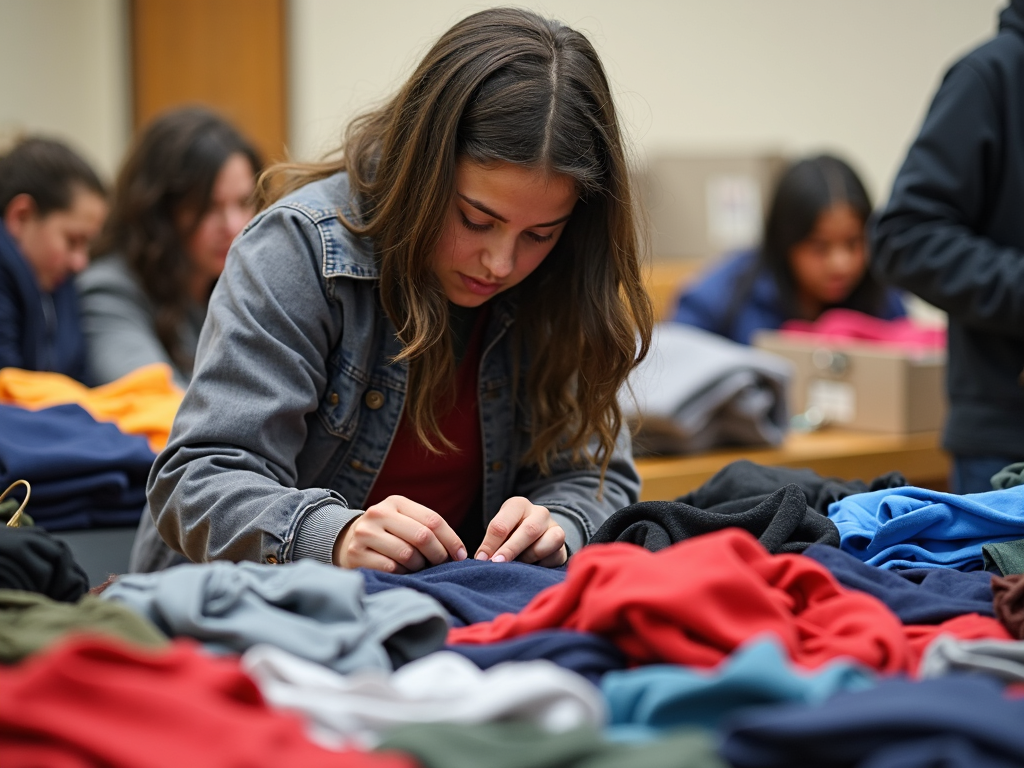How Service Learning Can Enhance Your College Experience
By , June 18, 2025
Overview
Service learning blends classroom lessons with community service, offering college students a chance to grow, learn, and give back. This article dives into how it can enrich your college experience, with practical tips and real examples.
What is Service Learning?
Service learning is more than just volunteering. It’s a way to connect what you study in college with real-world action. You might help out in your community while reflecting on how it ties to your classes. For instance, a biology student could volunteer at a nature reserve and learn about ecosystems firsthand. It’s hands-on, meaningful, and designed to make you think.

Service learning can transform your college years in big ways. Here’s how:
Growing as a Person
Volunteering pushes you to see the world differently. Imagine tutoring kids who struggle with reading. You’d feel their excitement when they finally get it—and that builds your patience and kindness. I once met a student who organized a food drive. She said it taught her how to lead a team and care about others’ needs. These moments shape who you become.
Building Useful Skills
Your classes teach you theories, but service learning lets you use them. A business major might help a nonprofit with its budget, learning how money works in the real world. Studies from the National Service-Learning Clearinghouse show students who do this often feel more confident in their abilities. It’s like a bridge between books and life.
Connecting with Your Community
Getting involved locally feels good. You could clean up a park or serve meals at a shelter. Suddenly, your town isn’t just a place to study—it’s a home where you make a difference. A friend of mine volunteered at a senior center and ended up with lifelong mentors. That’s the kind of bond service learning can create.

How to Balance College Life and Volunteering
College is busy—classes, homework, friends. Adding volunteering might sound tough, but it’s doable. Here’s how:
- Plan Your Time: Use a calendar app to block out study and volunteer hours. Stick to it.
- Start Small: Try a few hours a week instead of big commitments. You can always do more later.
- Match Your Interests: Love animals? Help at a shelter. It won’t feel like work.
- Talk to People: Tell your professors or volunteer leaders if you’re stretched thin. They’ll often help.
I knew a student who volunteered at a library on Saturdays. It fit her schedule and love for books. She stayed on top of school while making a difference.

Volunteer Opportunities for College Students
There’s something for everyone. Check out these ideas:
| Type | What You Do | What You Learn |
|---|---|---|
| Tutoring | Help kids with homework | Teaching, patience |
| Park Cleanups | Pick up trash, plant trees | Teamwork, eco-awareness |
| Food Banks | Pack and serve meals | Organization, empathy |
| Event Planning | Set up community fairs or drives | Leadership, planning |
These aren’t just tasks—they’re chances to grow. A psychology student I know volunteered at a crisis hotline. It sharpened her listening skills and confirmed her career path.

Tips to Get Started
Ready to jump in? Here’s how:
- Ask Around: Your college might have a service learning office or club.
- Look Online: Sites like VolunteerMatch.org list local options.
- Reflect: After volunteering, write down what you learned. It deepens the experience.
Start with something small, like a one-day event. You’ll see how it fits into your life.

Summary
Service learning can make your college experience unforgettable. It helps you grow, builds skills, and ties you to your community—all while fitting into your busy life. With the right balance, volunteer opportunities for college students can turn learning into action. Give it a shot. You’ll gain more than you give. Want to learn more? Check out the readings below.